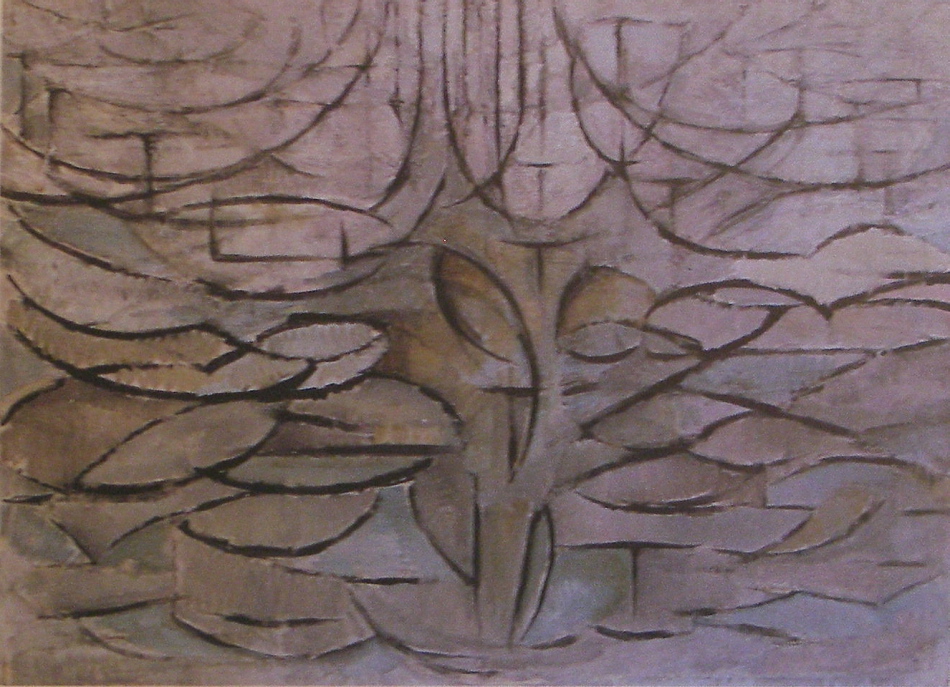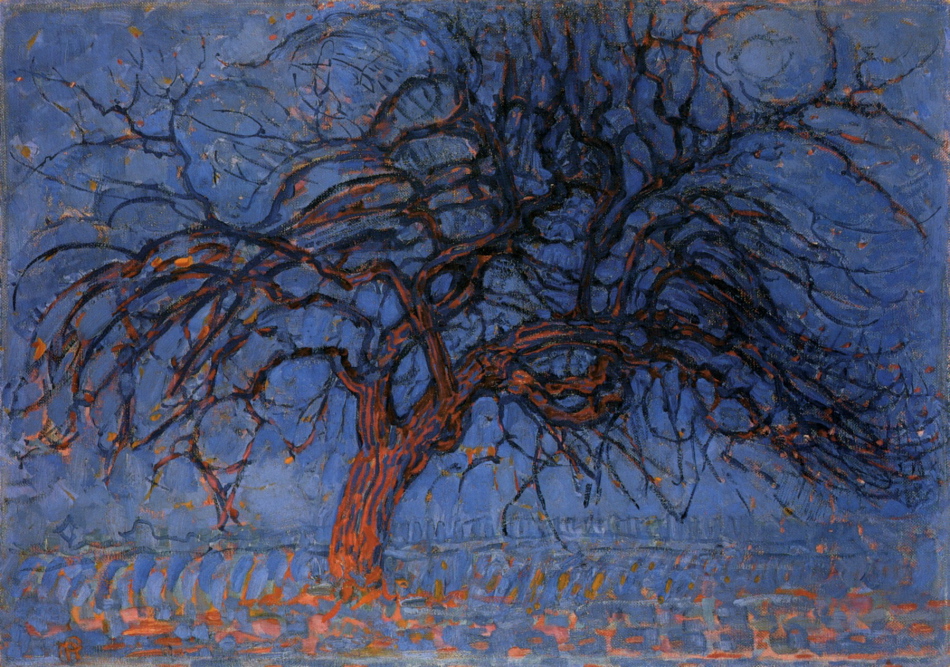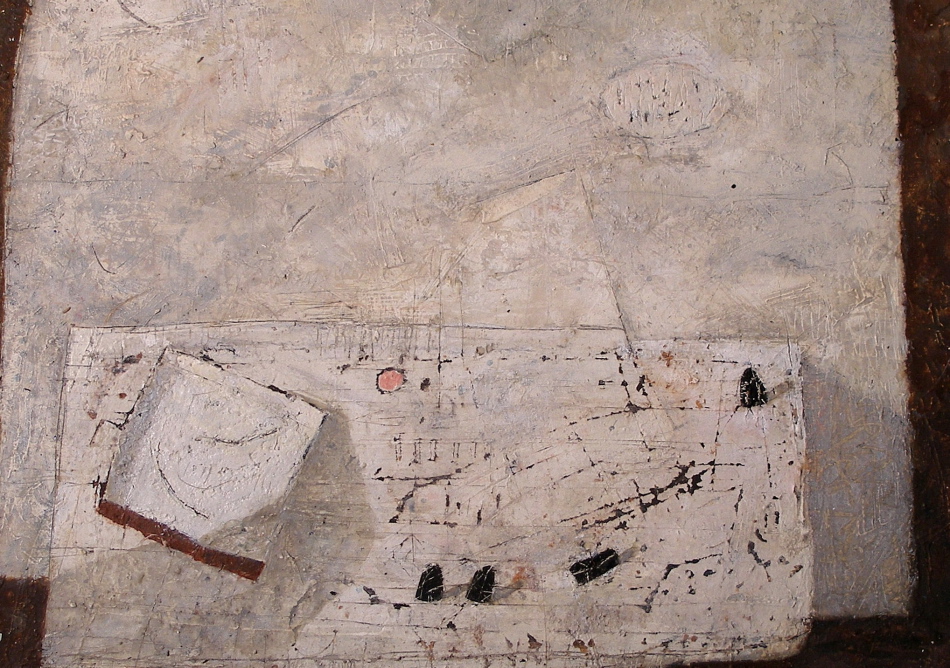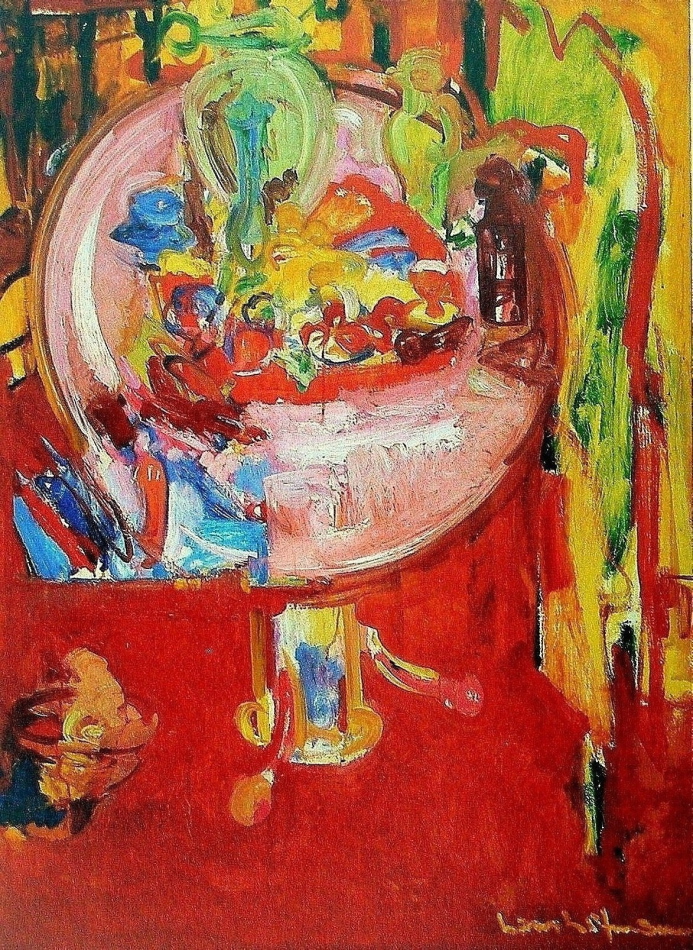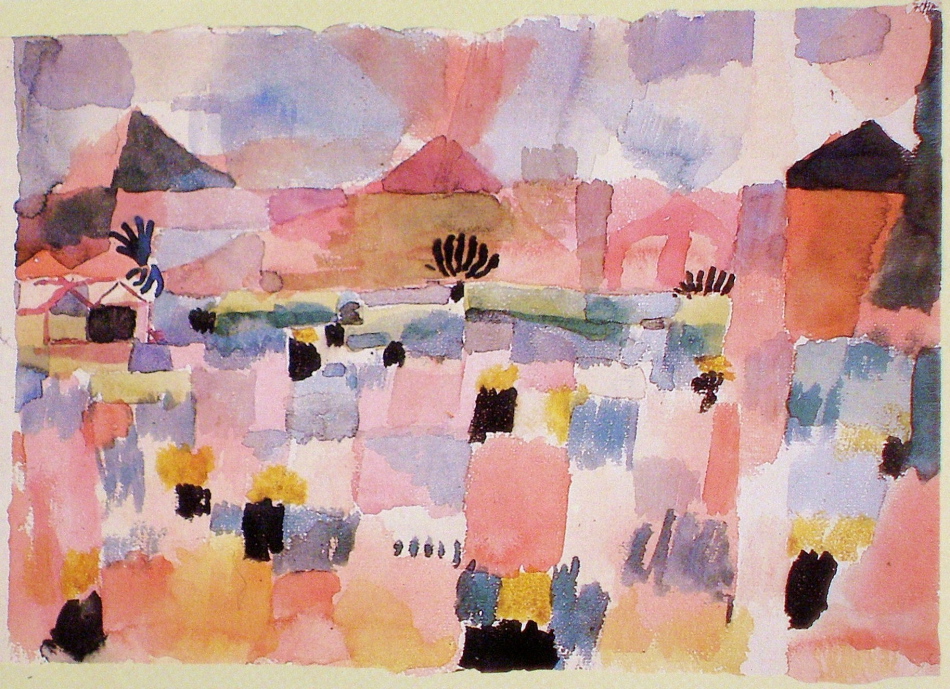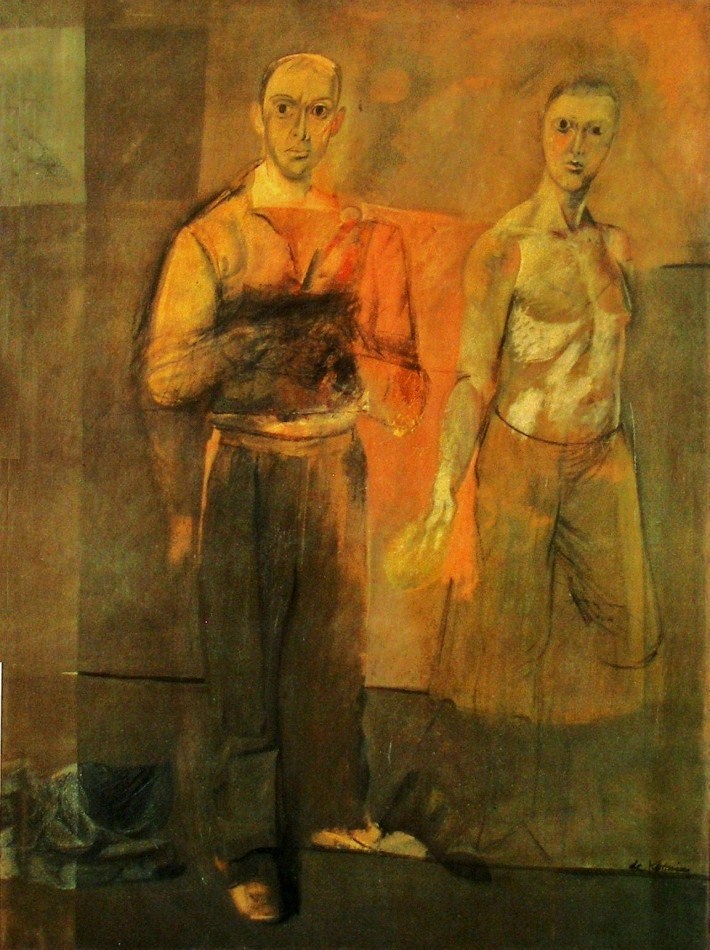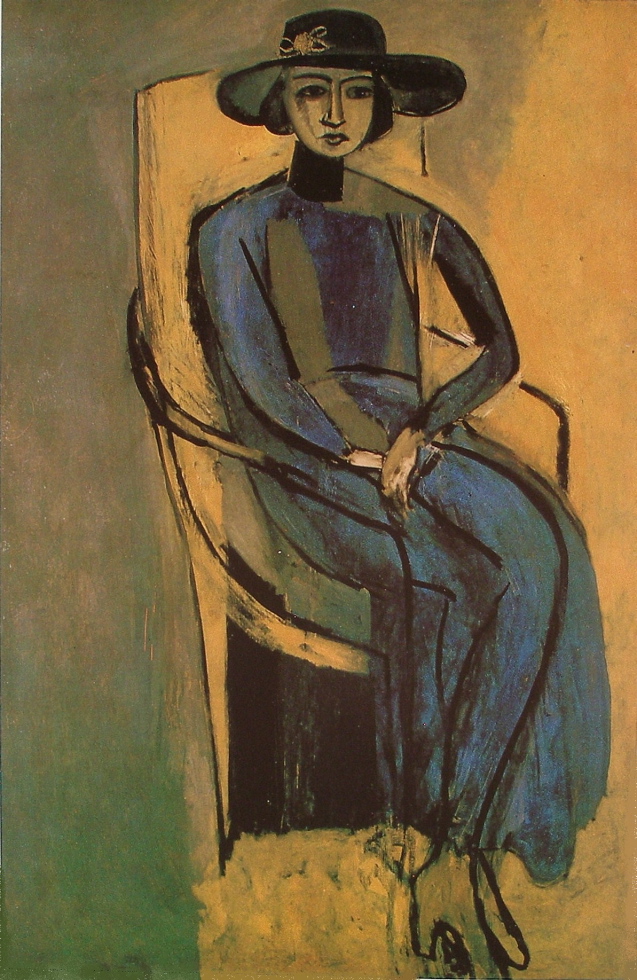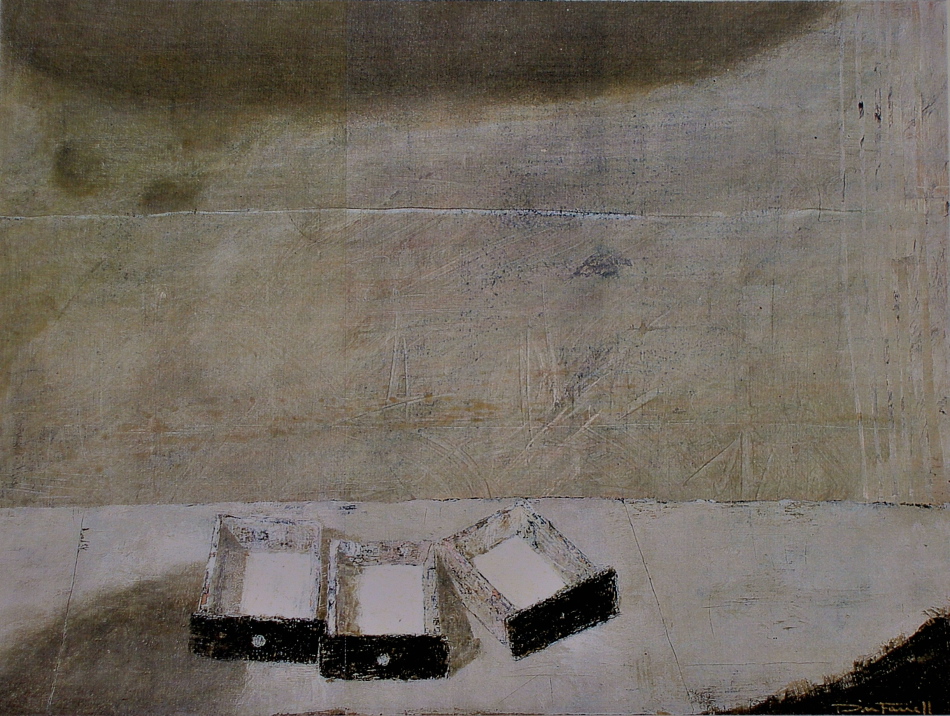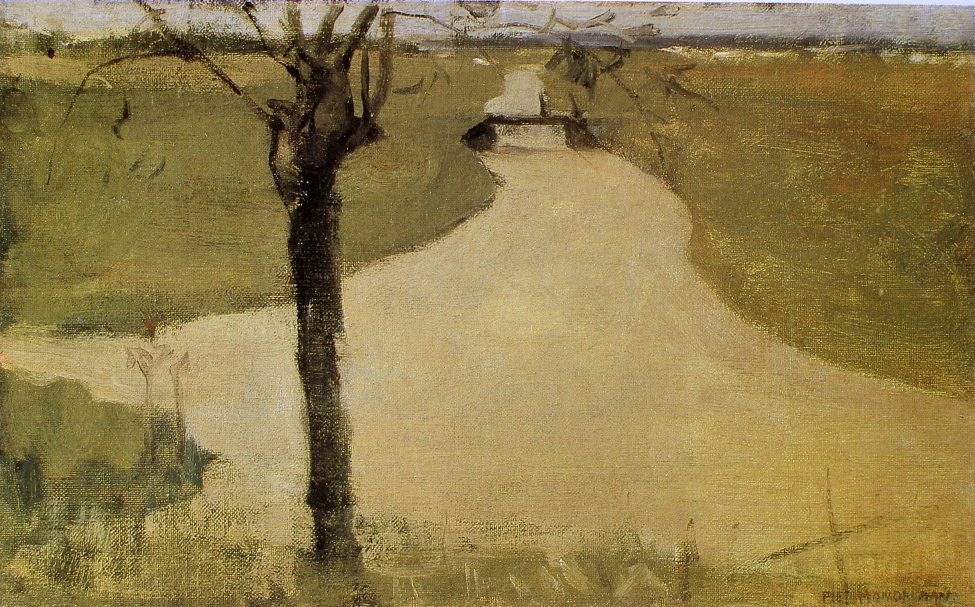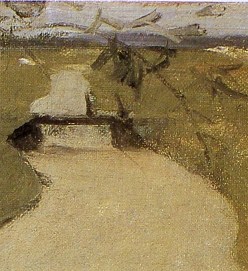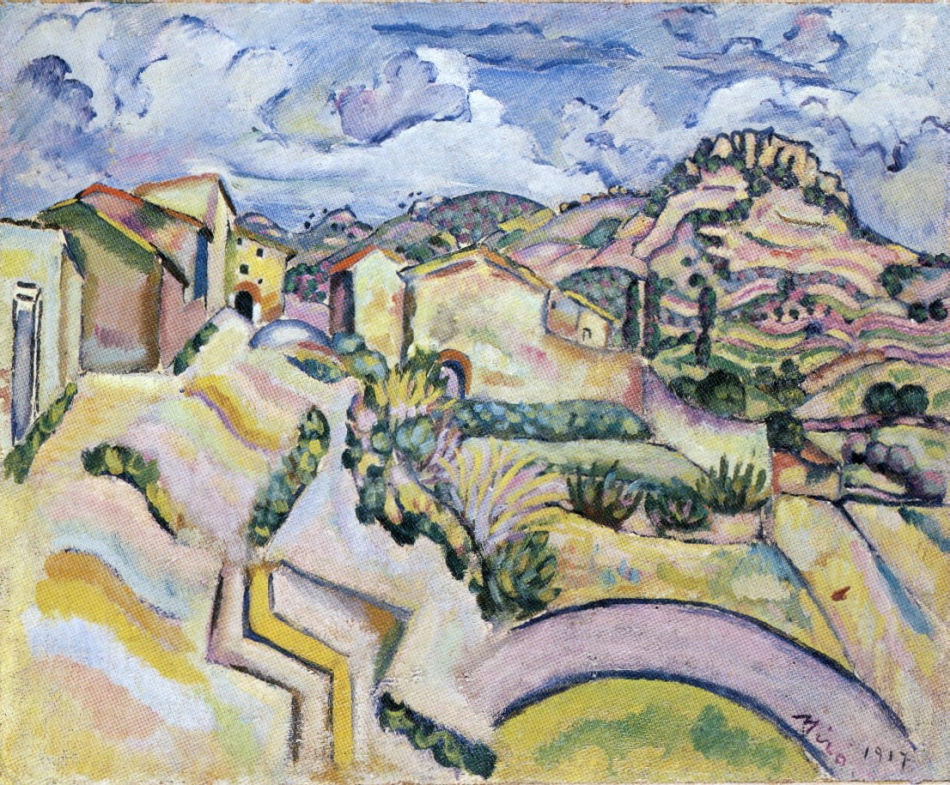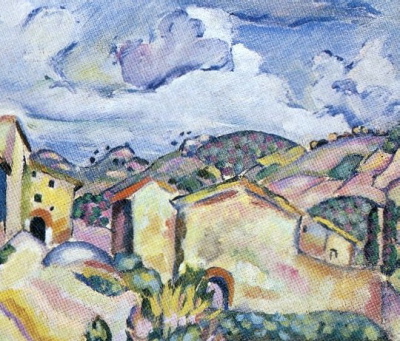In this third version of the tree, Mondrian has brought spatial planes to the forefront. This is about painting space and occupying space, and he has accomplished the challenge impressively.
Reducing the tree to a rhythm of loops, conveying it’s presence and movement is fantastic. Mondrian then used vertical and horizontal lines, which we read as planes in space. I feel this is a great achievement. He has shown us how to convey a very complex consideration with just a few markings, avoiding substance. Brilliant! I hope you can feel the energy and space.
A great deal of consideration went into this series of paintings from 1904 to 1912 and Mondrian has taken cubism to new heights and he will continue to lead the way towards abstraction along with a few other notable artists.
Inviting the masters to influence is important to all artists. And we see this with Mondrian taking Cezanne’s spatial planes and Cubism to a new level.

